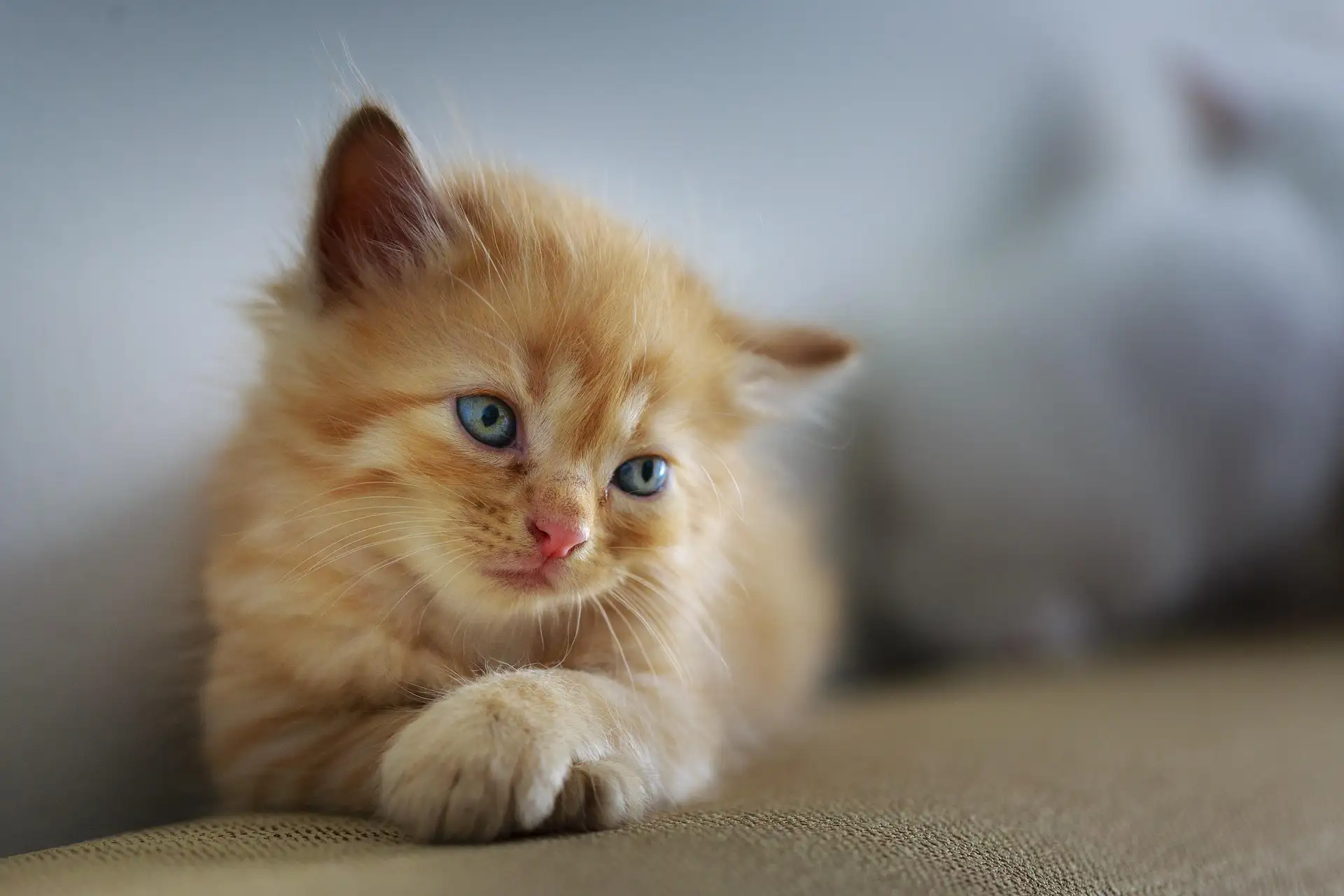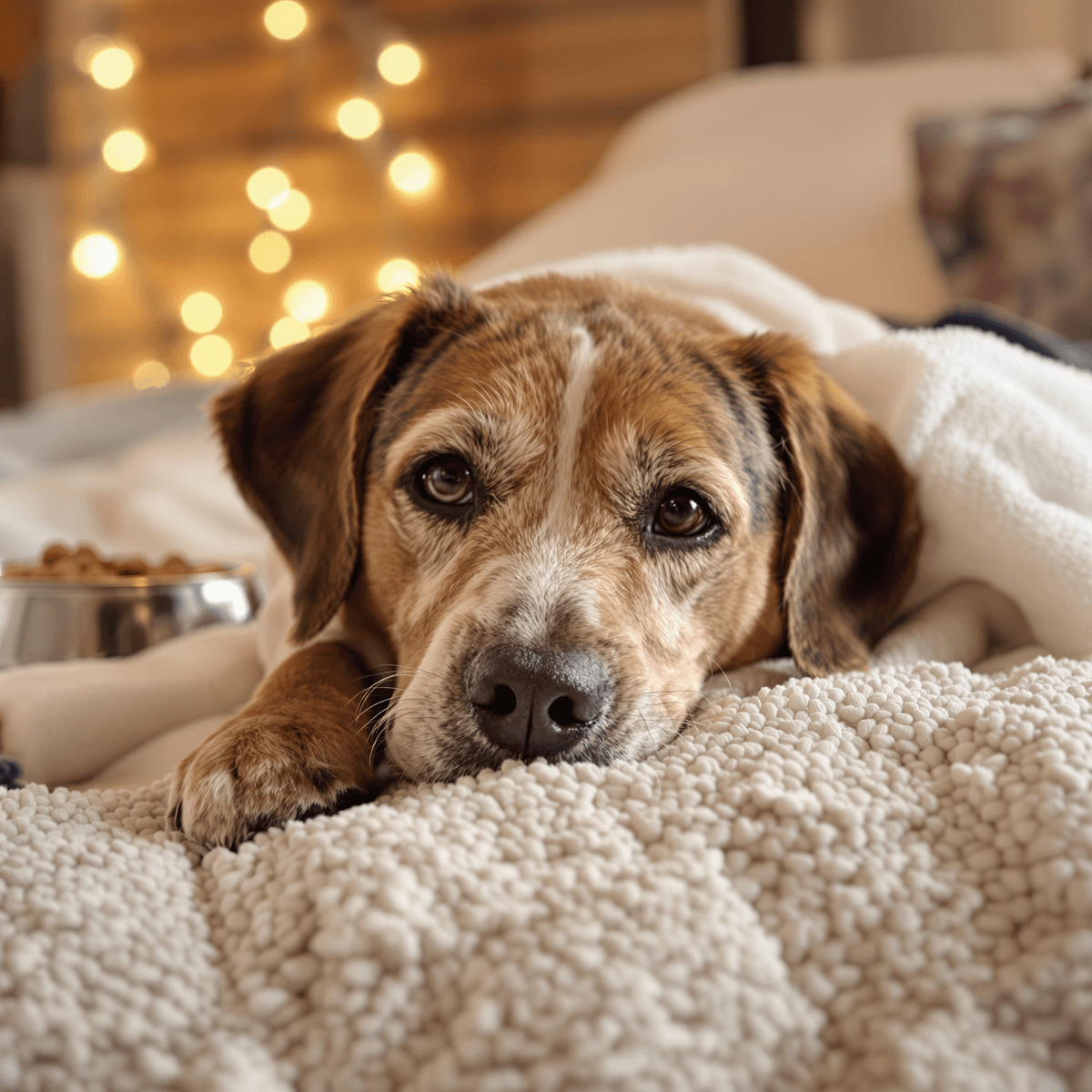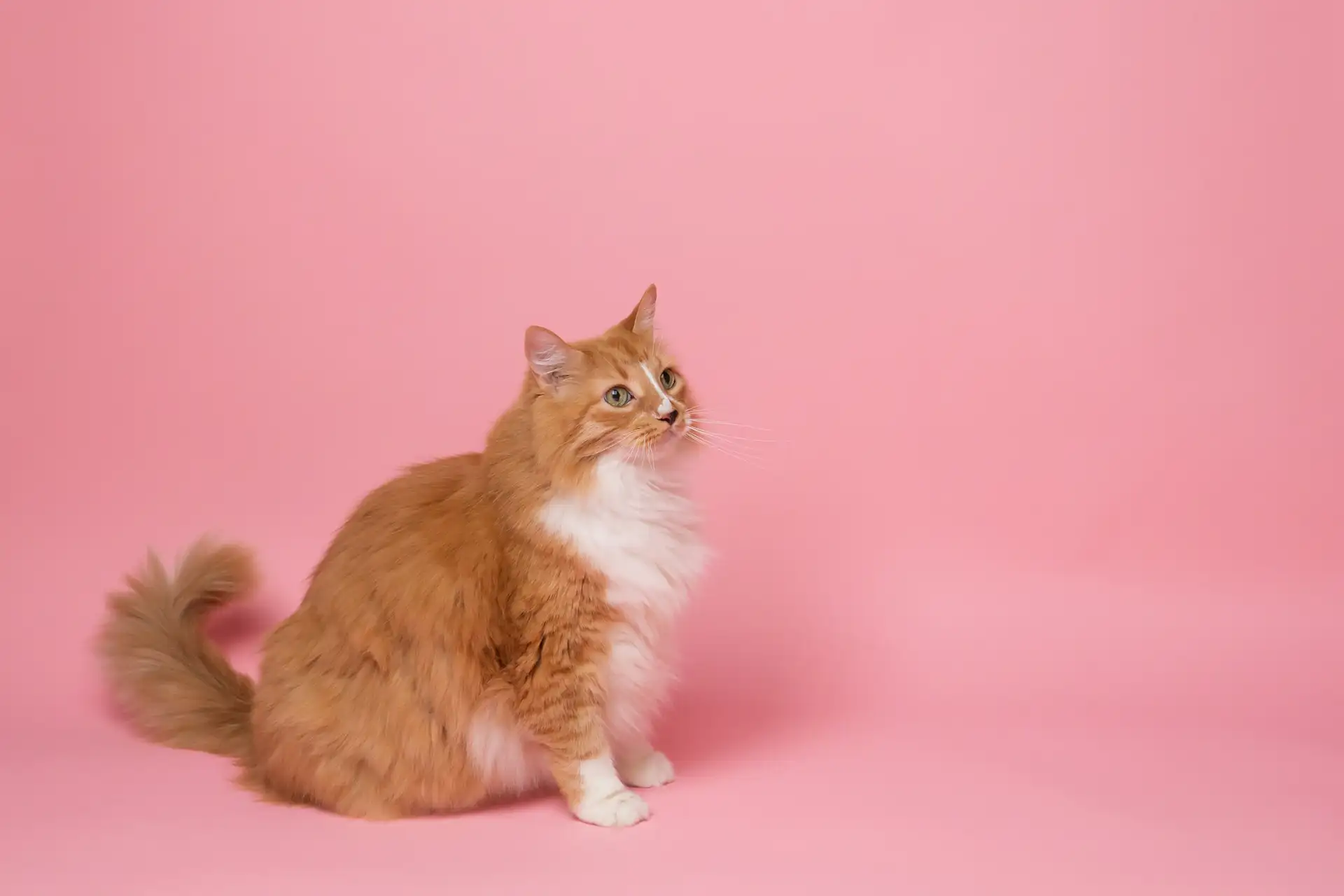Creating a safe and enriching indoor environment for your cat is essential for their health and happiness. We provide expert guidance to help you design the perfect indoor space for your feline friend.
Benefits of Keeping Cats Indoors
Indoor cats live longer, healthier lives protected from:
- Traffic accidents
- Predators
- Disease transmission
- Parasites
- Extreme weather conditions
The Role of Veterinarians in Designing Indoor Spaces
A well-designed indoor environment supports your cat’s natural behaviors while keeping them mentally stimulated and physically active. Your local
Bowmanville, ON veterinarians play a crucial role in this process, offering:
- Personalized advice for your cat’s specific needs
- Regular health monitoring
- Behavioral guidance
- Environmental enrichment recommendations
Your veterinarian is a valuable partner in creating and maintaining the
purr-fect indoor sanctuary for your beloved pet. Keep up with Fluffy’s appointments!
Understanding Your Cat’s Natural Behaviors and Social Needs
Cats have natural instincts that influence their everyday actions. We stress the importance of these instincts for your cat’s physical and emotional health.
Natural Hunting Behaviors
These are the behaviors that cats exhibit when they are hunting:
- Stalking and pouncing mimics how they catch prey
- They have short bursts of energy followed by rest periods
- They are most active during dawn and dusk
- They prefer small, moving objects as targets
Essential Physical Activities
These activities are crucial for your cat’s physical well-being:
- Scratching helps maintain their claws
- Climbing gives them a sense of security and exercise
- Stretching keeps their muscles flexible
- Running improves their coordination
Your cat’s social needs come from their history as both predator and prey. Although cats are independent creatures, they still form strong connections. Signs of affection from your cat can be observed through:
- Slow blinking – a sign that they trust you
- Head bumping – marking you as part of their family
- Purring – showing that they are content
- Tail position – indicating their mood
Click
here to read PetMD’s take on kitty affection and behavior.
The Ontario SPCA and Humane Society also has a great article on this here.
Creating Positive Interactions
Here are some tips for creating positive interactions with your cat:
- Let your cat make the first move when it comes to contact
- Respect their personal space and boundaries
- Keep play sessions short, around 5-10 minutes
- Pay attention to signs that your cat is getting overstimulated
Veterinary professionals emphasize the significance of mental stimulation through environmental enrichment. If cats don’t have outlets for their natural behaviors, they may develop problems such as:
- Excessive grooming
- Inappropriate scratching
- Aggressive play
- Stress-related health issues
Cats thrive on having predictable routines and clear boundaries. By working with local veterinary clinics, you can establish healthy patterns that meet both their instinctual needs and the requirements of modern indoor living.
Providing an Enriching Indoor Environment with Toys, Scratching Surfaces, and Vertical Spaces
Your cat’s indoor environment needs strategic enrichment through carefully selected toys, scratching surfaces, and vertical spaces. Local vet clinics recommend specific toy types that trigger your cat’s natural hunting instincts:
Prey-Mimicking Toys
- Motion-activated toys that dart and dash
- Feather wands with unpredictable movements
- Crinkly toys producing mouse-like sounds
- Textured balls with bell sounds
DIY Toy Ideas
- Paper bags without handles
- Cardboard boxes with peek holes
- Toilet paper rolls filled with treats
- Sock balls stuffed with catnip
Pet clinic experts suggest rotating toys weekly to maintain your cat’s interest. Store unused toys in a sealed container with catnip to refresh their appeal.
Scratching Surfaces
Your cat needs multiple scratching options for claw maintenance and stress relief:
- Sisal rope posts for vertical scratching
- Cardboard pads for horizontal scratching
- Carpet-covered surfaces for texture variety
Place scratching posts near sleeping areas and sprinkle with catnip to encourage use. Pet clinics recommend posts at least 1.5 times your cat’s stretched length.
Vertical Space Solutions
Create a three-dimensional environment with:
- Wall-mounted cat shelves
- Multi-level cat trees
- Window perches
- Sturdy bookshelf clearings
Position climbing structures near windows for bird watching opportunities. Ensure each vertical space offers a secure platform at least 18 inches wide for comfortable lounging. Local vet clinics emphasize these elevated spaces help cats feel safe while surveying their territory.
In addition to providing an enriching environment, it’s also essential to consider the long-term health and behavior of your pets. One effective way to achieve this is by spaying or neutering your pet. This not only helps control the pet homelessness crisis but also brings several medical and behavioral benefits to your animals.
Creating Comfortable and Safe Zones at Home for Your Feline Friend
Cats need designated safe spaces to retreat, relax, and observe their surroundings. These personal zones become essential sanctuaries, particularly in multi-cat households where territorial dynamics come into play.
Key Elements of Safe Zones:
- Strategic Placement: Position hideaways in quiet corners away from high-traffic areas
- Multiple Options: Create 2-3 safe spaces per cat to prevent resource guarding
- Elevated Spots: Window perches and cat trees offer secure vantage points
- Private Retreats: Enclosed beds and covered spaces satisfy hiding instincts
Simple DIY Safe Zones:
- Cardboard boxes with entrance holes
- Soft blankets in quiet corners
- Paper bags with handles removed
- Cozy cat caves under furniture
Your local veterinarian recommends maintaining these safe zones consistently – cats rely on familiar spaces for stress relief. A mix of open and enclosed areas allows your cat to choose based on their comfort level, supporting their natural need for security and observation.
Always consult with your vet if you suspect your pet has ingested a poisonous substance.
Optimizing Food Placement, Feeding Methods, Litter Box Setup, and House Safety Measures for Indoor Cats’ Well-Being
Setting up your cat’s essential spaces requires strategic planning to maintain their health and happiness. Your local animal hospital recommends specific placement guidelines for food, water, and litter boxes to create an ideal living environment.
Food and Water Station Setup
- Place food bowls away from water dishes – cats prefer drinking water in a different location
- Keep feeding areas at least 10 feet from litter boxes
- Use shallow, wide bowls to prevent whisker fatigue
- Consider puzzle feeders to stimulate natural hunting behaviors
- Feed small portions 4-5 times daily rather than large meals
Litter Box Essentials
- Follow the “n+1 rule”: one box per cat plus an extra
- Choose boxes 1.5 times longer than your cat’s length
- Select quiet, accessible locations away from high-traffic areas
- Clean boxes daily and replace litter weekly
- Avoid covered boxes in multi-cat households
Critical Safety Measures
Your pet hospital emphasizes protecting cats from these common household hazards:
Toxic Foods to Keep Away
- Chocolate and caffeine
- Onions and garlic
- Grapes and raisins
- Raw meat or eggs
- Lily plants (all varieties)
Household Dangers
- Secure loose electrical cords
- Lock away cleaning supplies
- Store medications in closed cabinets
- Remove string-like items (yarn, ribbons)
- Keep toilet lids closed
- Install childproof latches on cabinets containing chemicals
Regular monitoring of these safety measures helps prevent emergency visits to your local animal hospital. Cats explore through taste and touch, making it essential to maintain these protective boundaries throughout your home.
Collaborating with Local Veterinary Professionals for Optimal Care
Regular veterinary check-ups serve as essential touchpoints for maintaining your indoor cat’s health. Local veterinary clinics in Oshawa and Bowmanville, ON offer specialized expertise in indoor cat care, helping you create an optimal environment tailored to your pet’s needs.
How Your Veterinarian Can Help
Your veterinarian can:
- Monitor weight changes – Indoor cats face unique weight management challenges. (Click here to read about kitty obesity in this article from Pet Obesity Prevention.)
- Track behavioral patterns – Identify early signs of stress or anxiety
- Provide dental care – Essential for indoor cats prone to dental issues
- Recommend diet adjustments – Based on age, activity level, and health status
- Guide environmental enrichment – Personalized suggestions for your home setup
Addressing Behavioral Issues with Professional Support
Professional veterinary support extends beyond medical care.
- Scratching issues
- Litter box problems
- Multi-cat household dynamics
- Play aggression
- Stress-related behaviors
Evaluating Your Home Environment
Your veterinary team can evaluate your home environment through detailed discussions, helping identify potential improvements specific to your cat’s needs. They’ll consider factors like:
- Living space configuration
- Existing environmental enrichment
- Your cat’s personality traits
- Present behavioral challenges
- Health conditions affecting activity levels
Conclusion
Creating a thriving indoor environment for your cat requires dedication, understanding, and professional guidance. Your local veterinary team is ready to provide personalized advice tailored to your cat’s unique needs and behaviors.
Key takeaways for indoor cat care success:
- Partner with veterinary professionals for regular health monitoring
- Implement enrichment strategies that match your cat’s personality
- Create safe spaces that honor feline instincts
- Maintain consistent preventive care routines
We also did a blog on keeping your kitty happy, which you can read
here.
FAQs (Frequently Asked Questions)
Why is creating a well-designed indoor environment important for my cat’s health and safety?
A well-designed indoor environment ensures your cat’s physical and mental well-being by catering to their natural instincts and providing safety from outdoor hazards. Keeping cats indoors reduces risks such as traffic accidents, predators, and diseases, promoting a longer, healthier life.
How can I understand and support my cat’s natural behaviors and social needs indoors?
Cats have instincts like stalking, pouncing, and scratching that need to be satisfied even indoors. Veterinarians recommend providing mental and physical stimulation through interactive play and respecting your cat’s social preferences by encouraging short, positive interactions led by the cat’s comfort level.
What types of toys and structures should I provide to enrich my indoor cat’s environment?
Offer toys that mimic prey with sound, movement, and texture, rotating them regularly to maintain interest. Include safe vertical spaces like shelves or climbing towers to satisfy climbing instincts. Provide both vertical and horizontal scratching posts infused with catnip to encourage natural claw maintenance behaviors.
How can I create comfortable and safe zones for my cat at home, especially in multi-cat households?
Provide personal space for each cat by setting up hideaways such as cardboard boxes or enclosed beds where they can retreat. This helps reduce territorial stress and promotes a peaceful indoor environment tailored to each feline’s needs.
What are the best practices for food placement, feeding methods, litter box setup, and house safety for indoor cats?
Avoid placing food near litter boxes to respect cats’ preferences. Feed small, frequent meals to aid digestion. Provide one litter box per cat in quiet, accessible locations with adequate size for comfort. Keep toxic foods like lilies, chocolate, onions, and dangerous household items out of reach following veterinary advice.
How do local veterinary professionals support optimal indoor care for cats in Oshawa and Bowmanville, ON?
Local veterinarians and pet clinics offer regular health check-ups tailored to indoor cats’ needs. They provide expert behavioral advice and guidance on optimizing your cat’s indoor environment to enhance well-being. Collaborating with these professionals ensures personalized care aligned with your cat’s lifestyle.
Contact Our Bowmanville, ON Animal Clinic
Are you looking for a great vet near me in Bowmanville? You’ve come to the right place! Please feel free to contact us anytime. We are always happy to help!
Visit our Service page
here for more insight about our clinic and the animals we treat.
This blog is meant to be informational only. Always consult with your veterinarian for the right medical advice, diagnosis, or treatment plan for your pet and follow their advice.


